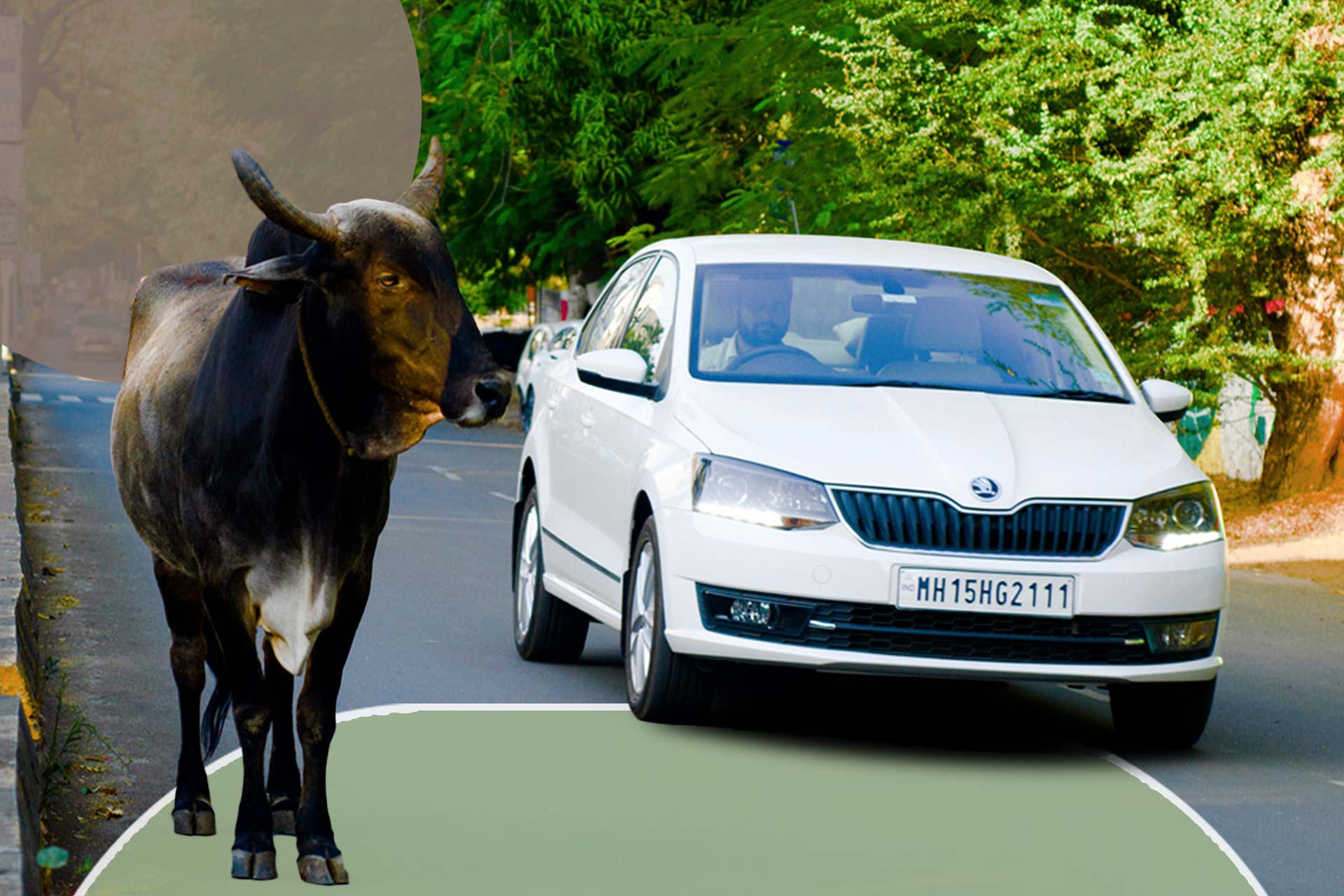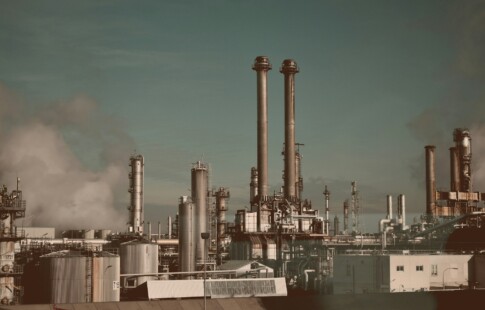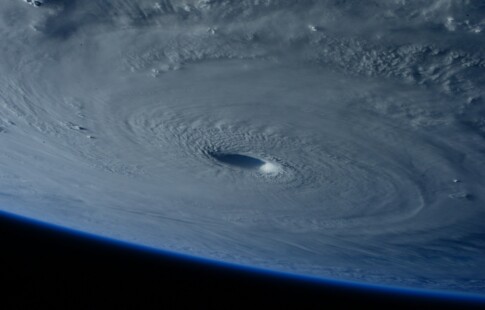
Cow Methane vs. Car Emissions — Is One Worse Than the Other?
We are reader-supported. When you buy through links on our site, we may earn affiliate commission.
When you think about greenhouse gas emissions, what comes to mind first? In a showdown between cow methane vs. car emissions, which do you think would be worse?
You might not have put cows into a category that contributes to global climate change, but they do produce a significant amount of methane as part of their digestive process, known to the media as cow “farts” or “burps.” The adorable animals that provide meat and dairy also contribute to climate change from their own natural causes.
Some have debated, however, whether cow methane or car emissions are worse for the environment. Each has a part in the rising temperatures. Car emissions are among the top three producers of greenhouse gases globally, but with more people switching to electric or hybrid vehicles, cow methane may become worse.
In the great debate over cow methane vs. car emissions, you’ll learn about each of their impacts on the environment and how you can be part of the solution to reducing the emissions from both cows and cars.
How Greenhouse Gases Harm the Environment
The greenhouse effect naturally warms the earth’s surface. In the process, the radiation from the sun reaches the atmosphere. Not all of it stays on earth as some reflect back into space. On earth, the land and water sources absorb that radiation, which heats the world. This is why on hot days, the tar on the road or the water in your pool might be hot.
The heat absorbed then bounces back and radiates towards space. However, within the atmosphere, there are greenhouse gases that trap the heat, which keep the earth warm to allow people, plants and animals to survive. Yet, human activities have contributed even more greenhouse gases over the years, causing harm rather than sustaining life.
A process meant to sustain life is now harming the environment primarily because of human activity. The global temperature has risen over the years due to excess greenhouse gases. Among the most common are carbon dioxide, methane, nitrous oxide and fluorinated gases. The two this article concerns are methane and carbon dioxide.
Impact of Cow Methane
Agricultural practices as a whole make up about 10% of the world’s estimated greenhouse gases. While agriculture releases a few greenhouse gases, a good portion of the emissions is methane.
Methane is much more effective at trapping heat than carbon dioxide, even though it has a shorter lifespan. In the span of a century, it’s estimated that methane’s impact on the environment would be about 25 times greater than the effect of carbon dioxide.
Cows aren’t the only ones on the farm to blame for methane production. Swine, goats and sheep also contribute to the methane emissions from farms. These animals all have multiple stomachs, which naturally produce methane as they digest their food. Cows and other animals are meant to feed on grass, but they’re fed grains, which elongates the digestion process, causing more methane production.
Additionally, many farmers hold manure in large lagoons or holding tanks. As it sits, it continues to release methane. This is why the agricultural industry is the largest source of methane. Humans raise large amounts of animals for food production, so humans are to blame for the amount of methane released into the atmosphere.
Impact of Car Emissions
Humans rely on transportation to get to their jobs, grocery stores or to travel for a vacation. While there is hope for reducing transportation emissions with electric and hybrid vehicles, the industry and human use of standard vehicles still contribute significantly to greenhouse gases.
When fossil fuels, like gasoline and diesel, are burned, they release carbon dioxide into the atmosphere. Out of all greenhouse gases, carbon dioxide makes up the majority, which is about 81%. Not all of this is from transportation alone, but transportation does contribute the most to carbon dioxide emissions. Overall, in 2018, transportation made up 28% of the total amount of greenhouse gases, making it the largest source of emissions.
Car emissions pollute the air. As the amount of carbon dioxide rises, the environment suffers. The emissions affect the air, soil and water. Plus, human health suffers. The particles in car emissions can irritate skin, eyes and the respiratory system.
Is One Really Worse Than the Other?
In the world, the cow population dominates the car population. It’s hard to say whether cow methane is worse for the environment than car emissions, though.
Methane stays in the atmosphere for a shorter amount of time than carbon dioxide, but it keeps heat trapped for a more extended time. On the other hand, more carbon dioxide is produced than methane in a given year, although all of that carbon dioxide isn’t necessarily from vehicles.
They’re both equally detrimental to the environment. Fortunately, there are ways to reduce the amount of methane produced by cows and the amount of carbon dioxide produced by vehicles.
Cow Methane vs. Car Emissions: How You Can Help
Since human activities are the sources of each of these greenhouse gases, you can be part of the solution to reducing both methane and carbon dioxide emissions. First, reduce the amount of red meat you eat and dairy you consume. Consuming less beef and dairy products means fewer cows need to be raised to meet the population’s demands. Second, you can choose green transportation, like walking, biking, carpooling or using an electric car.
These are some simple steps to help the environment by reducing the amount of methane and carbon dioxide in the atmosphere.
Share on
Like what you read? Join other Environment.co readers!
Get the latest updates on our planet by subscribing to the Environment.co newsletter!
About the author
Jane Marsh
Starting from an early age, Jane Marsh loved all animals and became a budding environmentalist. Now, Jane works as the Editor-in-Chief of Environment.co where she covers topics related to climate policy, renewable energy, the food industry, and more.





